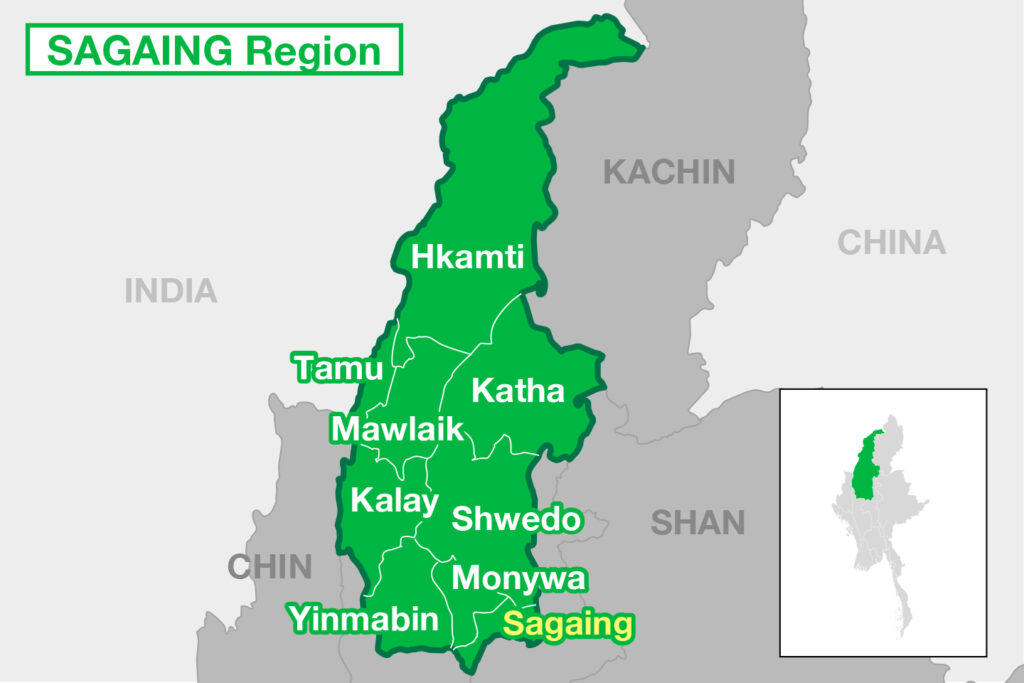Sagaing region has been a hotbed of resistance against the military regime that seized power on February 1, 2021. Amidst this political upheaval, the Shanni community, one of the majority ethnic groups in the region, finds itself at a critical crossroads, uncertain about its future.
.
Recent developments in Myanmar include the formation of the Internal Executive Council (IEC) by various revolutionary groups. The Karenni ethnic group established its IEC on June 6, while other groups such as the Karen state, Chin state, and Tanintharyi division are actively working towards creating their own. However, the situation remains uncertain for the Shanni people.
Chaw Su San, the spokesperson for the Sagaing Forum, spoke to Radio Free Asia that the recent gathering aimed to strengthen the revolutionary forces in the region. The Shanni, also known as “Tai Leang,” are predominantly located in several townships within the Sagaing region. They are also present in the Kachin State, calling for political equality, self-determination, and the establishment of a Shanni State.

Sagaing region has since the military coup been recognized as a powerful opposition stronghold and become a bastion of the People’s Defense Forces (PDFs), leading the armed revolt against Myanmar’s military rule. However, the Shanni Nationalities Army (SNA), which is active in various areas across the Sagaing Region and Kachin State, comprises three brigades with armed personnel ranging from 1,000 to 1,500 individuals each. Their objective is to establish a Shanni State that encompasses districts within both regions and has recently been seen as allied with the Myanmar military in its fight against the revolutionary forces, causing concern within the community.
Simultaneously, two Shanni political parties, the Tai-leng Nationalities Development Party (TNDP) and the Shanni and Northern Shan Ethnics Solidarity Party have registered with the Union Election Commission (UEC) under the new Political Parties Registration Law imposed by the Military Council. However, there is a lack of active Shanni civil organizations participating in opposing the State Administration Council (SAC) led by the Myanmar military.

Recently, the initial Sagaing Forum brought together 173 revolutionary groups from 28 local townships and welcomed 31 observers. This regional political platform facilitated discussions on politics, the military, local government, and critical issues such as strikes, civil disobedience movements (CDMs), natural resources, and humanitarian aid for internally displaced persons (IDPs).
Sagaing Region has emerged as a beacon of hope amid the ongoing crisis, in which villagers have been subjected to dread, violence, and the devastation of their villages by the military regime. The Sagaing Forum seeks to resolve immediate challenges encountered by communities while creating local and subnational governance structures to cultivate trust and unity within the Sagaing pro-democracy movement.
As the political landscape continues to evolve in Myanmar, the Shanni community finds itself grappling with uncertainty. With some factions of the Shanni Nationalities Army aligning with the military regime while political parties register with the UEC, the community’s future hangs in the balance.



